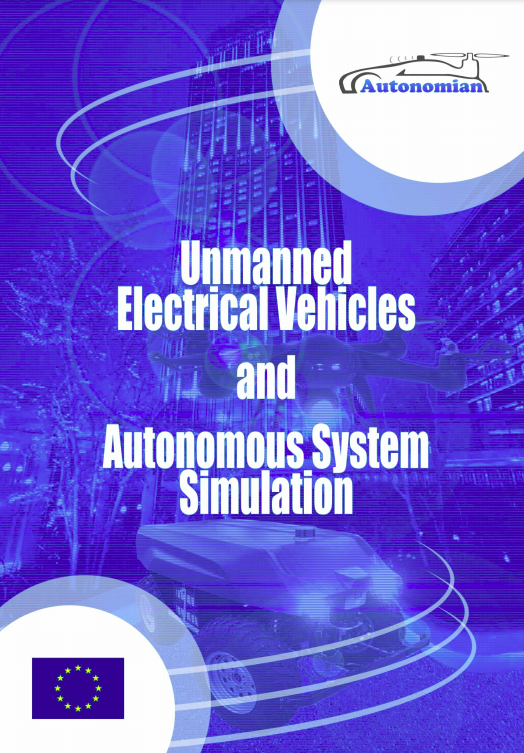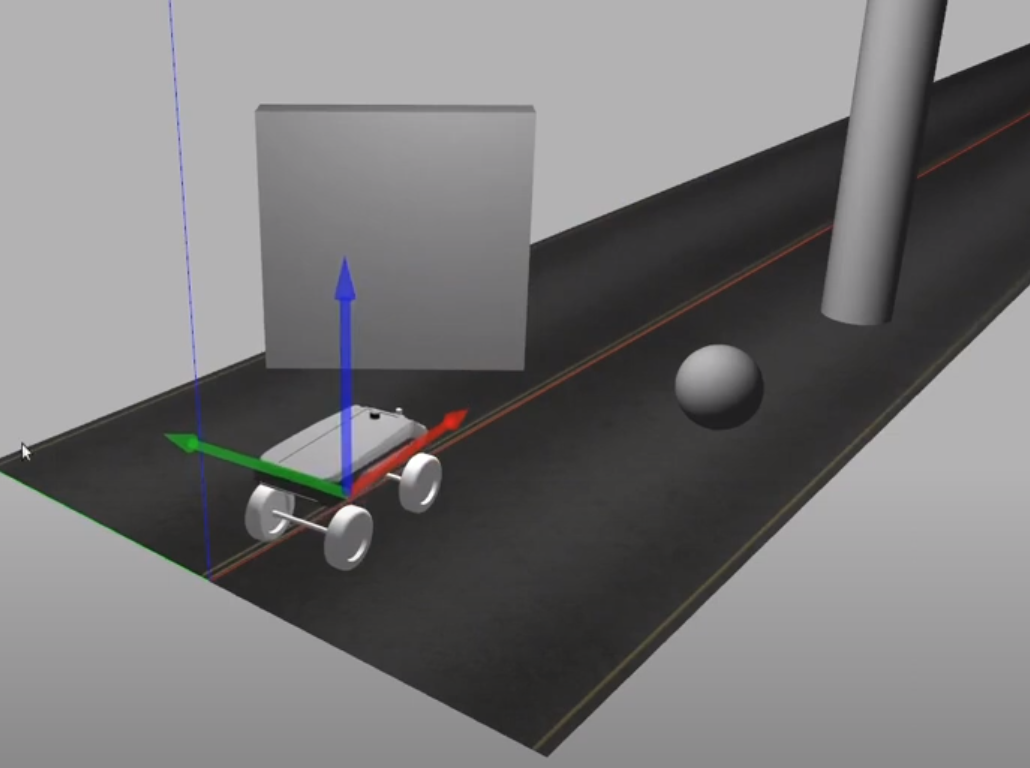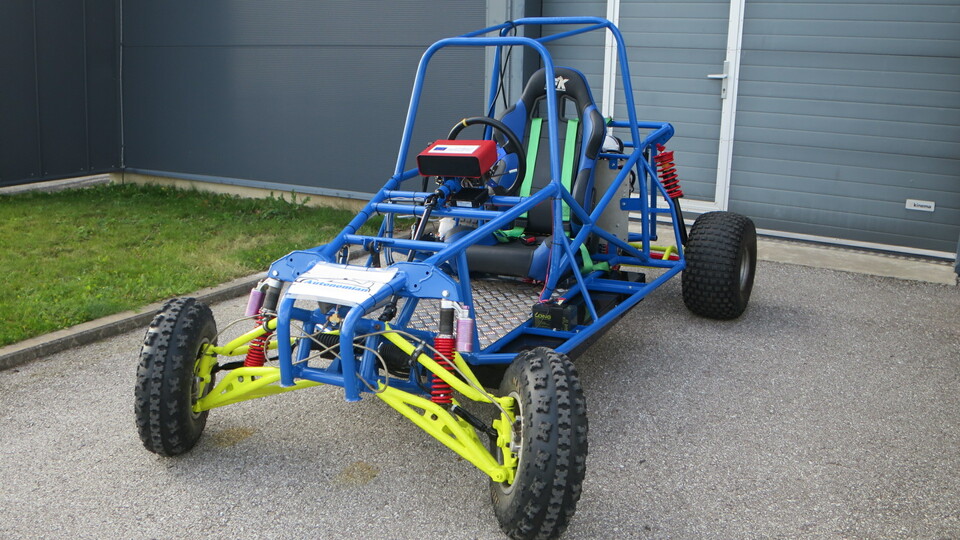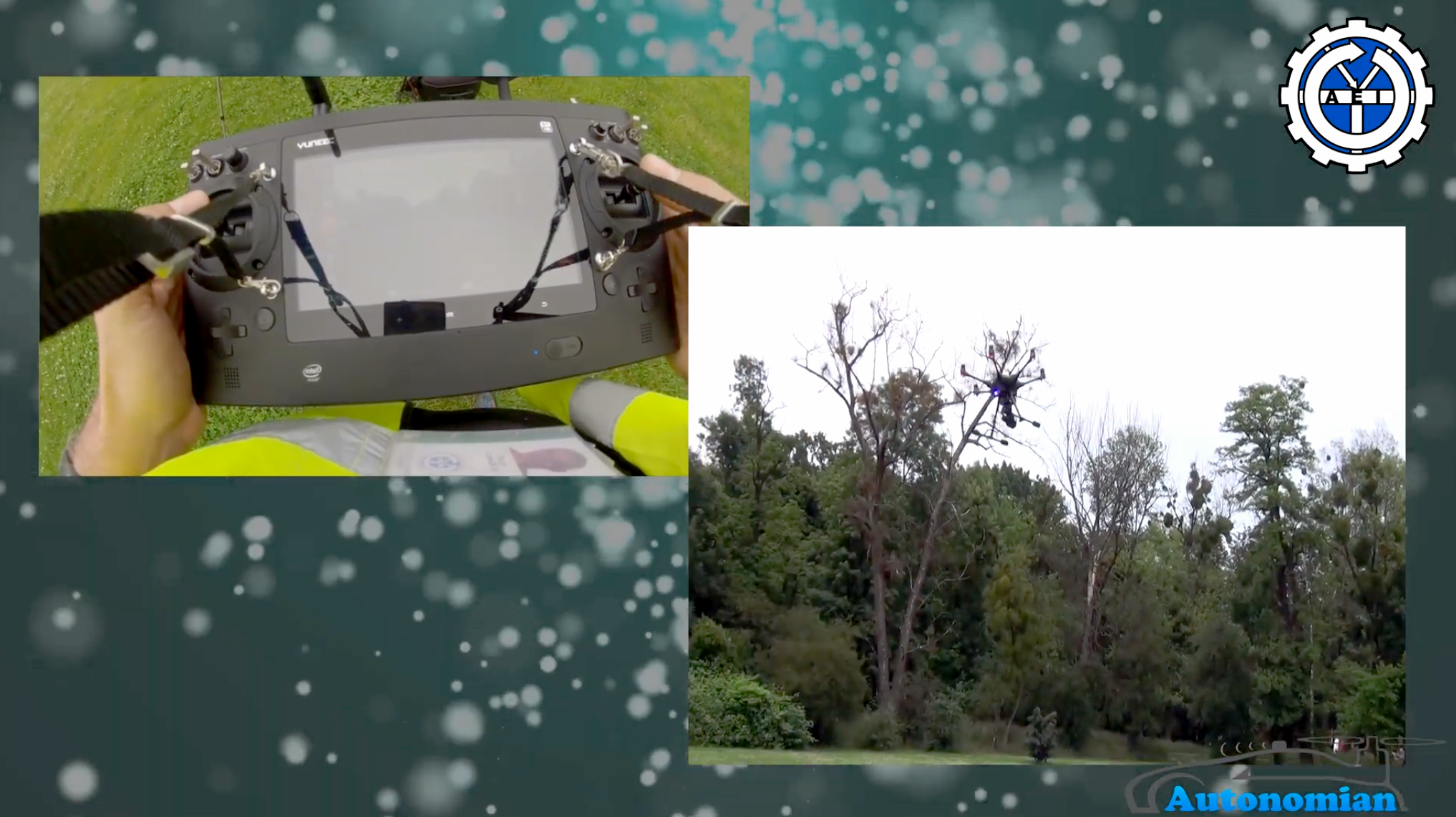
Erasmus+: A digital package for autonomous systems and self-driving vehicles - Autonomian
Project reference: 2018-1-EE01-KA202-047111
The transportation system we are used living with for 100 years is about to paradigm change at the moment. The new paradigm called Transport as a Service (TaaS) means that instead of using the car like today, but, as with existing ride-hailing or car-sharing services, vehicles will be booked or hailed through an app. But not only personal transportation but also cargo transportation is changing significantly. The leading technology behind this is the software-driven autonomous systems, which have been come to intelligent enough to start replacing the human driver or operator. According to the report of Frost & Sullivan (F&S Autonomous Driving & Connected Mobility), the future of the automotive ecosystem is heading toward the integration of multiple domains, such as the Internet of Things (IoT), connected vehicles, autonomous vehicles, and V2X communication. The integration and shift in focus will make software-defined cars to be the essence of connected cars in the future. Moreover, as the ecosystem expands, the market would notice extreme competition from both proprietary and open-source solution providers.
Self-driving cars depict the most significant advancement in the history of engineering. In 2011, more than 30,000 people died on the roads of the European Union and for every death, there are four permanently disabling injuries [Reference]. While the EU is committed to increasing the safety on roads through various means, self-driving cars can reduce or even eliminate accidents from the roads. Another big change going on in transportation and autonomous systems is drones. Nowadays, drones are considered an emerging market; their utilities are growing almost daily, providing new education and business opportunities.
At the moment due to growing sales of drones and other remote-controlled, semi-autonomous, or fully autonomous systems the modern society is facing the following main challenges in the same way it did at the beginning of the automobile era early XX century:
-
Lack of technical knowledge needed to properly control and maintain drones or other pilotless devices. This leads to a fast decrease of the device values due to improper use and loss of money as well as loss of scarce resources used to produce the device.
-
Lack of operation experience leads to improper operation and fast loss of the device during the first operation experience, which leads to loss of the device as well as causes safety issues of surrounding objects and people. The unpleasant first experience might lead to reduced trust in technology and technology adoption level in general.
-
Lack of legal experience of device operation meaning lack of knowledge of the applying legal acts and law. This leads to the compromise of public safety and security due to the possibility to violate existing regulations of International civil aviation regulations.
Thereby we see an obvious need for the wide availability of comprehensive information sources (study material) about drones not only for the professionals but also for the general audience.
Coordinator:
ITT Group OÜ
Tallinn, Estonia
Partners:
 |
 |
 |
 |
|
|
Viljandi Vocational Training Centre (Viljandi Kutseõppekeskus) |
Silesian University of Technology (Politechnika Śląska) |
Riga Technical University (Rīgas Tehniskā universitāte) |
Riga State Technical School (Rigas Valsts Tehnikums) |
Outputs:O1 Autonomous systems module - teaching material This Intellectual output focuses on the common background knowledge needed to be successful in several – currently the most promising domains of autonomous systems. The output is presented as a handbook covering the theoretical background of the relevant technologies and legislation that represents current legislation in partner countries and the EU in general. The actual content of the IO comprises – study material (electronic and electronic-printable), a visual material in the form of video lectures for the key topics. The result is published as an electronic and paper handbook titled: Unmanned Electrical Vehicles and Autonomous system Simulation” ISBN 978-9934-22-667-0 (print) The main content is dived as follows: - Overview of autonomous systems The result is available in paper, electronic book, and web page format under the CC license. The handbook is supported by the video lectures and results of other intellectual outputs of this project. 1. Handbook: Unmanned Electrical Vehicles and Autonomous system Simulation” ISBN 978-9934-22-667-0 (print) |
 |
|
O2 Self-driving vehicles simulation modules Simulations are essential in every autonomous system and robotics toolbox. A well-designed simulator makes it possible to test algorithms rapidly, design autonomous systems, perform regression testing, and train AI systems using realistic scenarios. The output “Self-driving vehicles simulation models” is a set of virtual vehicles in logical situations with open-ended problem descriptions and simulation software models. The intellectual output also includes technical documentation and guidelines on how to implement the models in the educational environment. The theoretical background of this output is covered in Chapter 2 “Self-driving Vehicles Simulation” in IO1 handbook. 1. Outdoor robot simulation model (gitlab repository) |
 |
|
O3 Electric vehicle study platform A hands-on learning platform is essential in teaching students of various levels. By experimenting with real-life vehicles, students can find nuances that could not be tested in the simulation. Also for students of younger age real-life systems are usually more fascinating than virtual ones. The output “Electric vehicle (EV) study platform” is a physical vehicle designed for teaching autonomous control to VET students. The intellectual output includes mechanical drawings, a Bill Of Materials, electrical wiring diagrams, and a guide for constructing and implementing the platform to ROS system. All outputs will be published for free, so any interested party can download them and build its own autonomous vehicle study platform. 1. Educational electrical vehicle (video) |
 |
|
O4 Curriculum module on drones A comprehensive guide to drone technology, preliminarily designated for VET. Drones have become more and more popular, yet the comprehensive guide on how to choose an appropriate drone, how to operate it, service it and build is still absent. There are proprietary guides provided by drone manufacturers, yet they usually present a small range of information tailored to the manufacturer’s product range. Once a drone becomes something more than just a toy, and particularly when its weight is increased to some kilograms or even a dozen of them, it becomes possibly a dangerous tool. Sharing of the airspace with other users (i.e. airliners, balloons, skydivers) requires the operator's comprehensive knowledge on the construction of the airspace as recognized by international organizations (i.e. ICAO) and following strict guidelines and rules. Operators should be aware of those regulations and also should understand their limitations even considering physiology and emotional state, similar way commercial pilots do. O4 presents a specific approach to autonomous flying systems (Unmanned Aerial Objects/Vehicles). It also corresponds with O1 where common parts for all autonomous systems are covered, extending and supplying specific information that does not apply, i.e. to the ground vehicles. Downloadable results: 1. Curriculum module: A Comprehensive Course for Drone Operators |
 |

